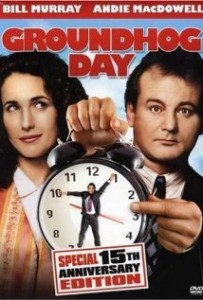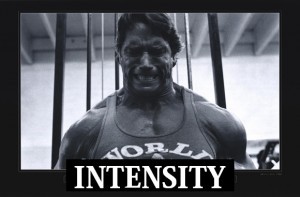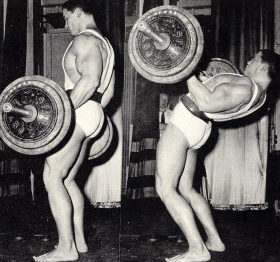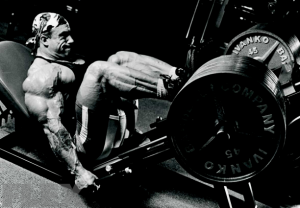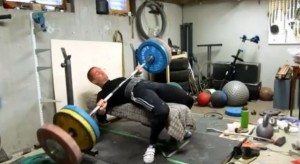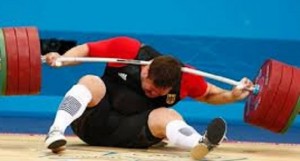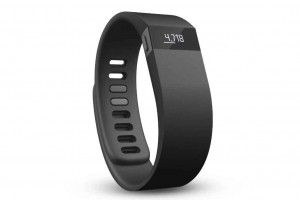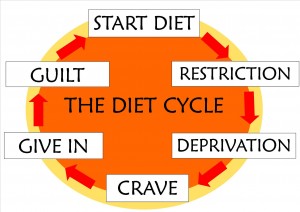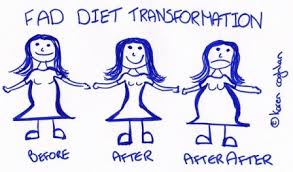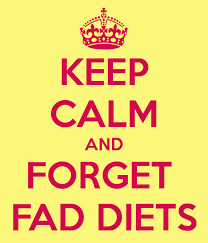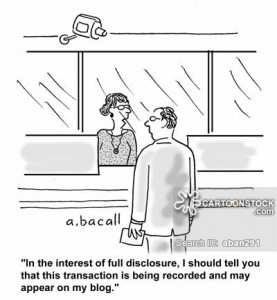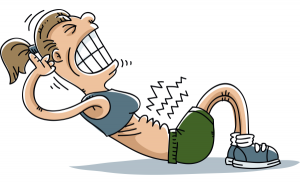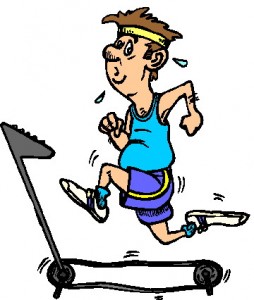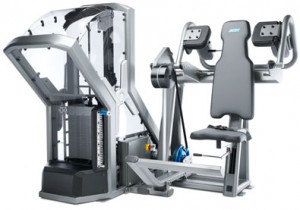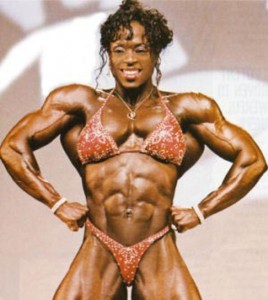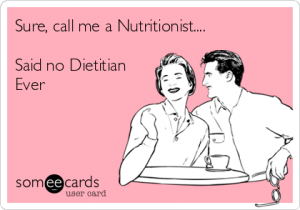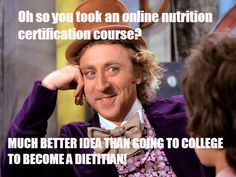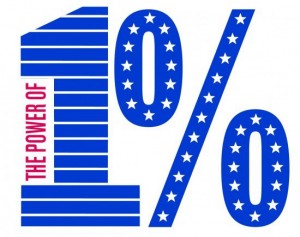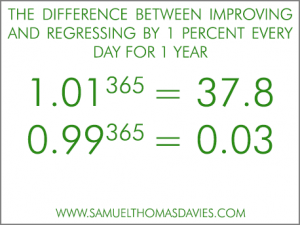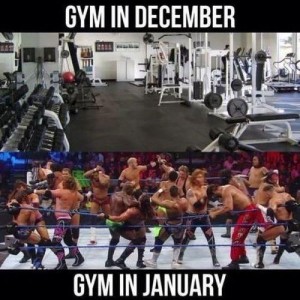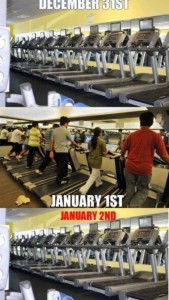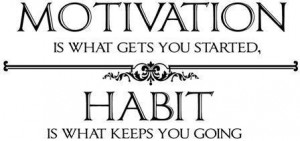No one really likes change. It often scares people because to takes them out of their comfort zone into unfamiliar territory. I experienced this first hand last week when I moved the equipment around on the weight floor at the gym I manage. This caused quite an uproar.
I didn’t do it to cause trouble or because I get joy in moving around extremely heavy weight machines. I actually need to make room to train hockey players. That type of training involves a lot of athletic movements, agility, speed and power drills, not just lifting weights. My actual intent was to move things around so that there is enough room for both the hockey players and the rest of the members.
About half the members that I talked to said they like it the other half say they don’t. A few people actually say that the change messes with their chi. Those members that dislike the change got quite vocal about it and demanded that I change the floor back to its original layout.
That got me thinking a lot more about how much many people dislike change. Everything from change in daily routines, weight rooms layouts, phone numbers, your favorite tee shirt and everything else in between. People are creatures of habit and are reluctant to change things up.
That also applies to peoples workouts. Everyone should change up out workouts from time to time, not only to reduce boredom but to improve training outcomes.
I have seen people doing the same routine day in and day to for years. If you work in a gym where that happens it can sometimes seem like you are in the movie Groundhog day.
I give everyone props for sticking to an exercise routine and actually doing something. Advanced lifters that keep doing the same thing over and over without much change are more than likely just maintaining their current fitness level. That is fine if it is your goal but if you want to improve you need to stress your body.
Our body doesn’t like change, it likes to stay in homeostasis, meaning it likes to remain stable and relatively consistent. It doesn’t want change so it must be forced to change by providing enough stimulus so that it is forced to adapt.
Beginners, you guys can keep doing the same thing over and over until you build that exercise habit. Once you have been sticking with a program for six months to a year, if you haven’t changed things up already, you may want to think about adding a little variety into your program. You don’t have to wait that long, especially if you are getting bored, adding change can make exercise more fun and seem less mundane.
If you are not seeing progress then it is definitely time for change. You need to do something different if you want to challenge your body. If you are not challenging your fitness your body will have no need to adapt ( get stronger, bigger muscles, better cardio, more endurance, faster, etc…). The changes don’t need to be huge. I have had many clients that I get to change one or two little things or add in something different into their program and it makes a world of difference.
Athletes train in cycles. These cycles vary depending on the competitive year if they are pre or post competition or competitive cycle. They train like this to either maintain their fitness level during their competitive time of year or to increase their power, strength, speed, endurance or size. Depending on their sport and how long their off session is they may do several weeks of each type of training.
To achieve this athletes will change up the number of sets, reps, exercises, types of exercises, rest between sets and tempo of the exercise. They change up all theses varies to elicit the training response they want, build more muscle, get faster, stronger, leaner, etc…

Even if you are not an athlete you can still train like an athlete. You don’t have to work out at the same intensity you can still vary your program to add variety.
Here is a short but by no means complete list of things you could do to add variety in your workouts
Change the order of your exercises
Change the days in which you train certain body part
Increase the number of sets you do
Vary your reps either up or down and adjust your weights accordingly
Try interval training
Try different handles or grips on cable exercises
Try new machines or exercises.
Vary your tempo (usually slow it down, too many people speed through reps)
Try advanced training principles like supersets, tri sets, drop sets and rest pause set
Decrease your rest time between sets.
If you are stuck in a rut, getting bored with working outs, your progress has stalled or you haven’t been seeing much progress, embrace change. It doesn’t have to he big or dramatic, just adding in one of the above mentioned workout variations can give your program that kick it needs.


